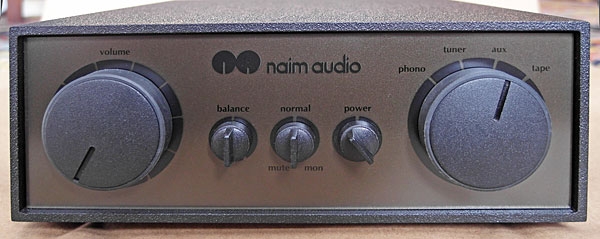| Columns Retired Columns & Blogs |
My starter amp was the original "hair shirt" Naim Nait. Initally drove Kef 104ab then for some some the totally power hungry Magnipan 2.5's until moving to a Naim 32.5 pre and a Nat 160 amplifier. Source was an ever increasing, in parts count, LP 12. (Natch).
Those were the exciting days of audio. My current system is delightful (Magico/Devialet/Nordost) but that wonderful "open top sports car ride" of these early Naim pieces was delightful.
Thanks,
wdw







































